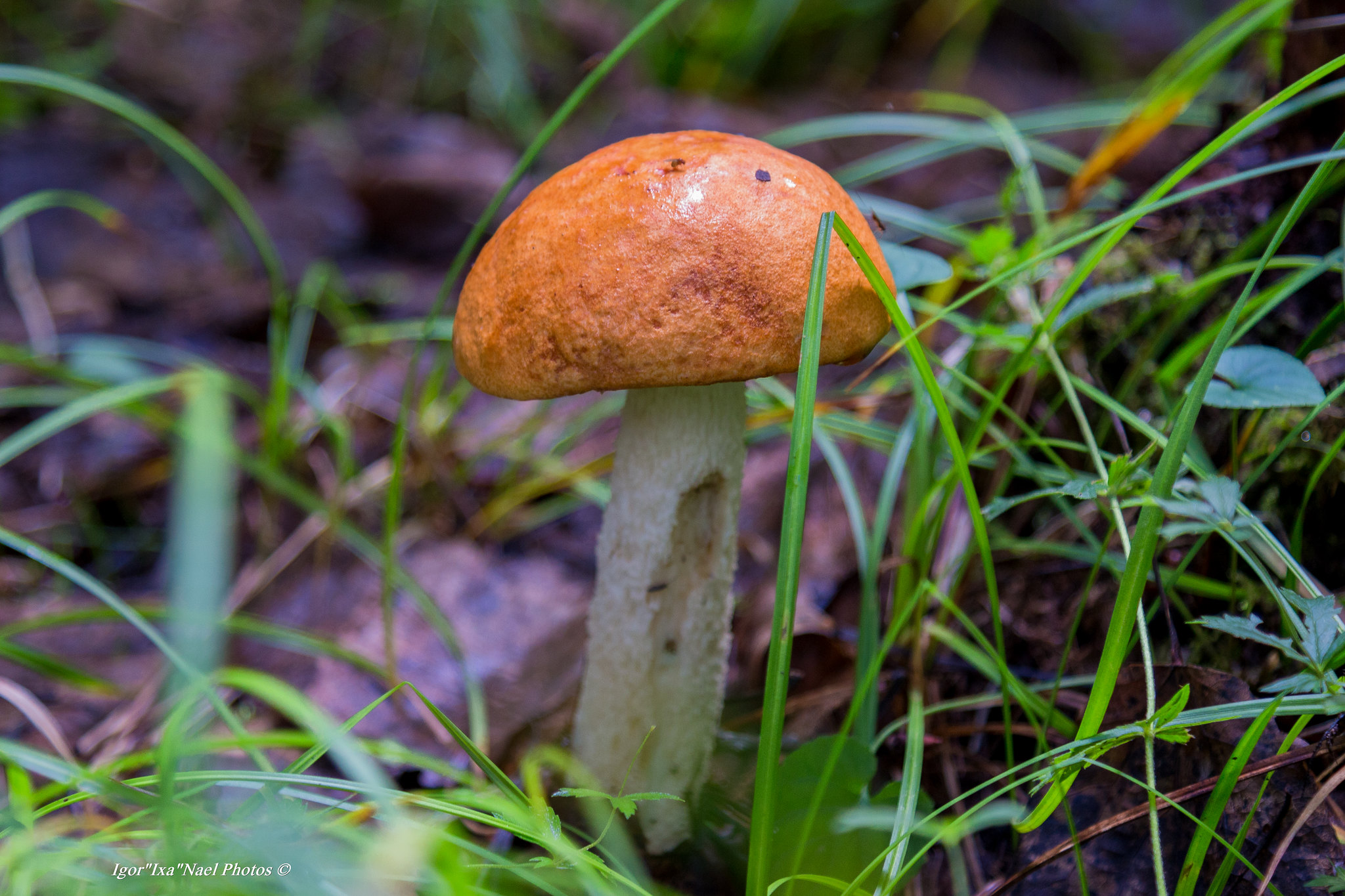Mushroom picking and eating began to be widely introduced in the late nineteenth century
More than 7,000 species of fungi have been found in Estonia. There are about 400 species of edible mushrooms in Estonia, and about 200 species of poisonous mushrooms [1].
An Estonian still goes to the forest in the autumn to be able to make themselves a delicious sauce from fresh mushrooms and to salt, marinate, and dry the mushrooms for the winter. Historically, Estonians did not know much about mushrooms and rarely used them for food – only during wars and famine. Mushrooms were better known and used in the eastern and south-eastern parts of Estonia, mainly as a fasting food in the Orthodox Setumaa. Elsewhere, mushrooms were sometimes even treated with contempt. Estonian folklore, where mushrooms do not have a significant place, also testifies to the Estonian peasant’s cold attitude towards mushrooms.

Mushroom picking and eating began to be more widely introduced at the end of the nineteenth century, whereas mushroom picking was initially much more popular with the townspeople. In part, it was motivated by an attempt to enrich their diets, on the other hand, by the example of great nations (Germans, Russians, French). Estonians’ knowledge about and interest in mushrooms has only grown since then. A modern Estonian boldly picks chanterelles, milk-caps, boletes, and Russula, but with a few dozen species, the competence of the majority of Estonians also ends [2]. As the years are not alike, there may be an abundance of mushrooms in your favourite places, or you may only find few here and there. A cold spring, a dry summer – and the mushroom harvest is ruined, but not necessarily for the whole of Estonia.
The old Estonians did not use mushrooms much as medicinal plants either, except for Amanita, common stinkhorn, and Inonotus obliquus, which is known in many cultures as chaga. Today, many mushrooms are known and used because of their healing properties, and there is ongoing research in the field. You can read more from the book Ravivad seened (‘Healing mushrooms’).
Fungi are indispensable in the production of some foods (such as bakery products, some cheeses and sausages, fermented beverages).
Be careful!
About 15 species of Estonian mushrooms are so poisonous that eating them can be fatal without expert help [3]. For example, the destroying angel and the death cap, brown roll-rim, deadly fibrecap, funeral bell, etc. are life-threatening [4].
Another couple hundred poisonous species are not life-threatening, but they cause minor poisoning: vomiting, abdominal pain and diarrhoea, and in the worst cases, difficulty with breathing, cramps, and impaired consciousness.
In addition to directly eating a poisonous species, poisoning can also be caused by eating improperly processed mushrooms or spoiled mushroom dishes.
When picking mushrooms, the most important rule is to pick only those species that you are sure you recognise. Worms eating it or the mushroom having a good taste or a pleasant smell do not necessarily mean you should eat the mushroom.
It is also not advisable to pick mushrooms in cities or by busy roads, as the mushrooms grown there may contain dangerous amounts of heavy metals that are harmful to your health, such as lead, cadmium, mercury, arsenic, etc.
Last modified: 13.01.2022
____________________________________________________________________________________________
[1] Seenenäitus toob külastajate ette 150 seeneliiki ning seeneussid
[2] A. Jürgenson. Seentesse suhtumine meil ja mujal.
[3] K. Kalamees-Pani, K. Kalamees. 2013. Seened. Õppekogumik.
[4] I. Saar. Mürkseened ja seenemürgistused Eestis. Eesti Loodus, 3/2010.